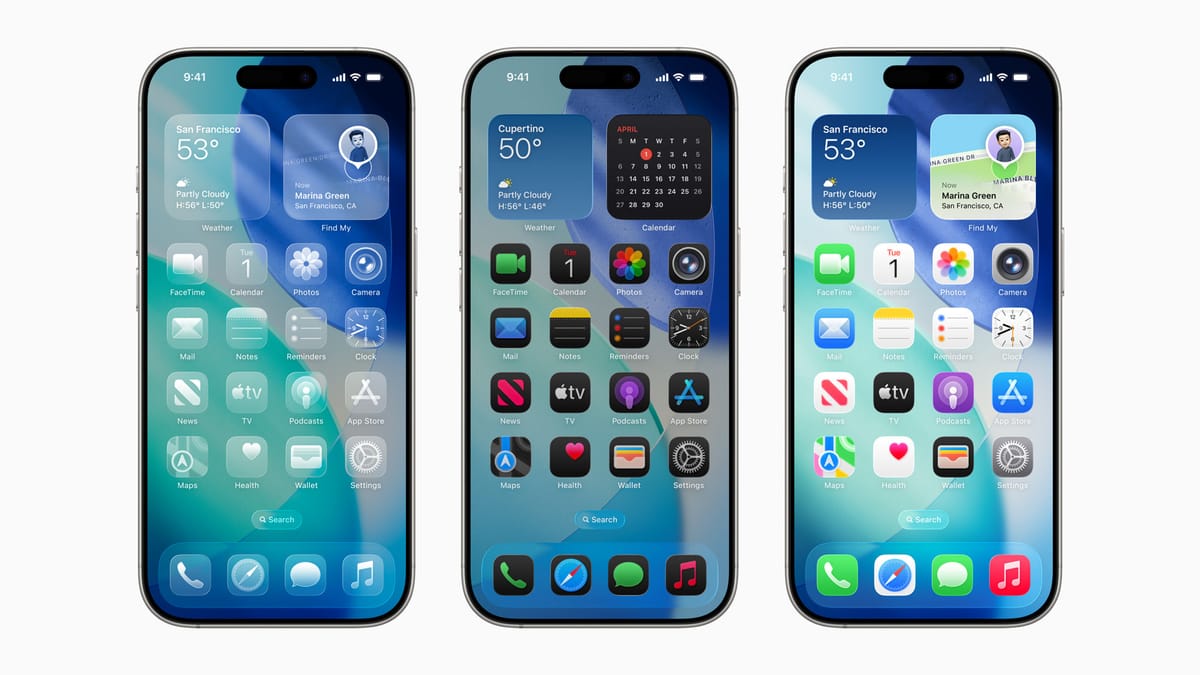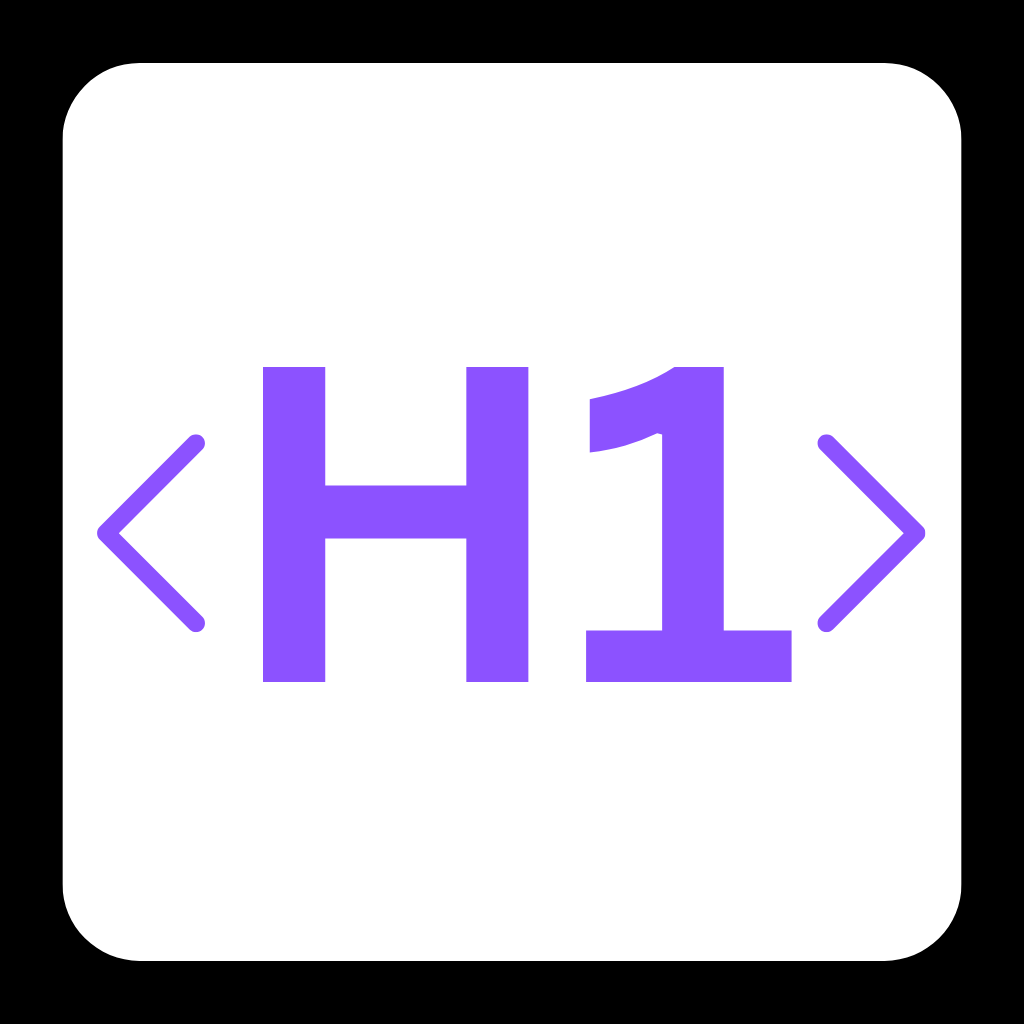Is Apple’s New iOS 26 Update the Bold AI Leap We’ve Been Waiting For?

Apple just threw down the gauntlet in the tech world’s AI race. At its latest Worldwide Developers Conference (WWDC), the Cupertino giant didn’t just unveil another yearly update—this time, it rolled out iOS 26, heralding a sweeping redesign, powerful new AI features, and a fresh take on how Apple’s ecosystem evolves.
The stakes? Higher than ever. The pressure’s on to keep pace with other tech titans charging ahead in AI. So, is Apple’s latest operating system—and its new intelligence layer—the game-changer we’ve all been hoping for? Let’s dive in.
🚀 iOS 26: Apple’s Most Ambitious Redesign and AI Push Yet
- Time for a new identity: For the first time ever, Apple is naming its operating system based on its release year (iOS 26), breaking from the classic version-number tradition. This signals a drive for more frequent, standardized updates across Apple’s family of devices.
- AI breakthroughs at your fingertips:
- Real-time translation in iMessages: Imagine effortlessly chatting with friends or colleagues in any language, instantly, as you type.
- Image identification: Instantly recognize objects, scenes, and even people—right in your photo app or across the system UI.
- Augmented call screening: When unknown numbers call, iOS 26 prompts the caller to state their name and reason before your phone ever rings. No more guessing who’s on the other side.
- Smart hold detection: Your iPhone can now tell when you’ve been put on hold, mute the line’s music automatically, and alert you when a real human returns. It’s a time (and sanity) saver for anyone who dreads call queues.
- Empowering developers: Apple is opening its AI capabilities to third-party developers, paving the way for a new generation of AI-powered apps and experiences throughout the ecosystem.
Why does this matter? With rivals like Google and OpenAI racing to embed intelligence everywhere, Apple’s leap claims a spot at the competitive forefront—without abandoning its hallmark of device integration and privacy.
🌍 What’s Fueling the Push? The Demand for Smarter Devices
- Sky-high user expectations: In the past year alone, demand for AI-enhanced features—like real-time translation, smarter call handling, and instant visual search—has surged. Apple is responding to what its users (and critics) have long requested: more useful, intelligent tools baked into the everyday experience.
- Stepping up after last year’s milestones: At WWDC 2023, Apple introduced “Apple Intelligence” and made waves with its high-end Vision Pro mixed-reality headset. Now, those AI promises are weaving into core device software—not just as add-ons, but as central upgrades.
- Strong financial performance: Apple’s most recent earnings call saw iPhone sales up 2%, Mac up almost 7%, and iPad up 15% from the previous year. Clearly, there’s demand for what Apple is building—now, more intelligence will keep that momentum (or so Apple hopes).
By redesigning its OS, Apple seeks to make innovation more visible—and more personal for users worldwide.
✅ Benefits: How Users and Developers Stand to Gain
- ✅ Effortless global communication: Real-time iMessage translation can break down language barriers instantly, making international collaboration and friendships smoother.
- ✅ Greater control and peace of mind: Augmented call screening reduces spam and robocalls, putting you in charge of who gets your attention.
- ✅ Time-saving multitasking: Smart hold detection lets you reclaim time spent waiting on customer service lines (finally!).
- ✅ Standardized cross-device experience: Naming and designing iOS by year streamlines updates, eases learning curves, and strengthens Apple’s ecosystem identity.
- ✅ Third-party innovation: With Apple opening its AI toolset to developers, users can expect a boom in powerful, personalized apps.
🚧 Challenges & Uncertainties Ahead
- 🚧 Potential lack of flagship hardware: Some analysts noted that this year’s WWDC didn’t feature a breakout hardware launch—unlike 2023’s Vision Pro or “Apple Intelligence” debut.
- ⚠️ Geopolitical and economic pressures: U.S. government tariffs and calls to shift manufacturing out of China continue to loom. Apple produces 90% of its smartphones in China and is facing up to $900 billion in tariff-related costs this quarter. CEO Tim Cook admits forecasting these challenges is “very difficult.”
- 🚧 Integration risks: Rapidly updating the OS design and layering on complex AI may create growing pains for users and developers alike.
🚀 Final Thoughts: Is the Future of iPhone Truly Intelligent?
Apple’s latest WWDC announcements aren’t just fresh coats of paint—they’re bold moves toward smarter, more unified, and more globally ready devices. Success will depend on:
- ✅ Delivering seamless experiences users love (not just tolerate)
- ✅ Making life tangibly easier with AI, not just adding bells and whistles
- 📉 Navigating unpredictable trade and manufacturing hurdles
- 🚀 Inspiring developers to unleash new breakthroughs with Apple’s AI platform
What do you think: Is iOS 26 a revolution or just another step in Apple’s marathon? Will the intelligence woven through your phone and calls truly reshape your daily life—or do you want even more?
Let us know on X (Former Twitter)
Sources: Max Zahn. Apple unveils new operating system and AI capabilities, June 10, 2025. https://abcnews.go.com/Business/apple-unveils-new-operating-system-ai-capabilities/story?id=122648323










